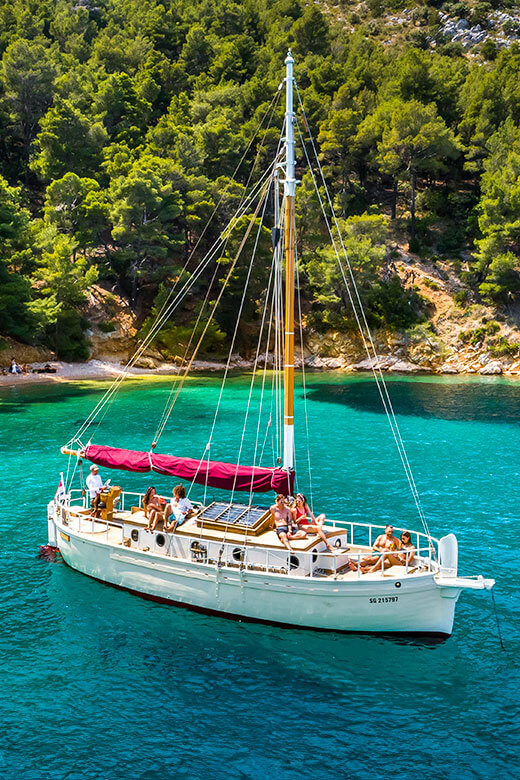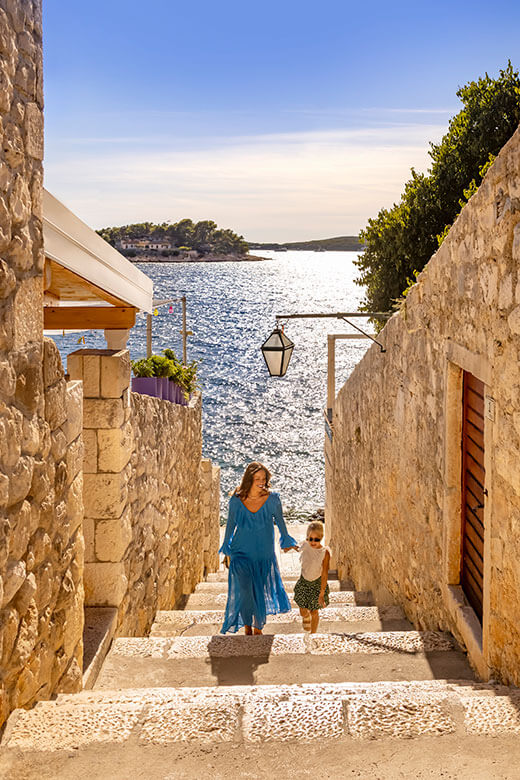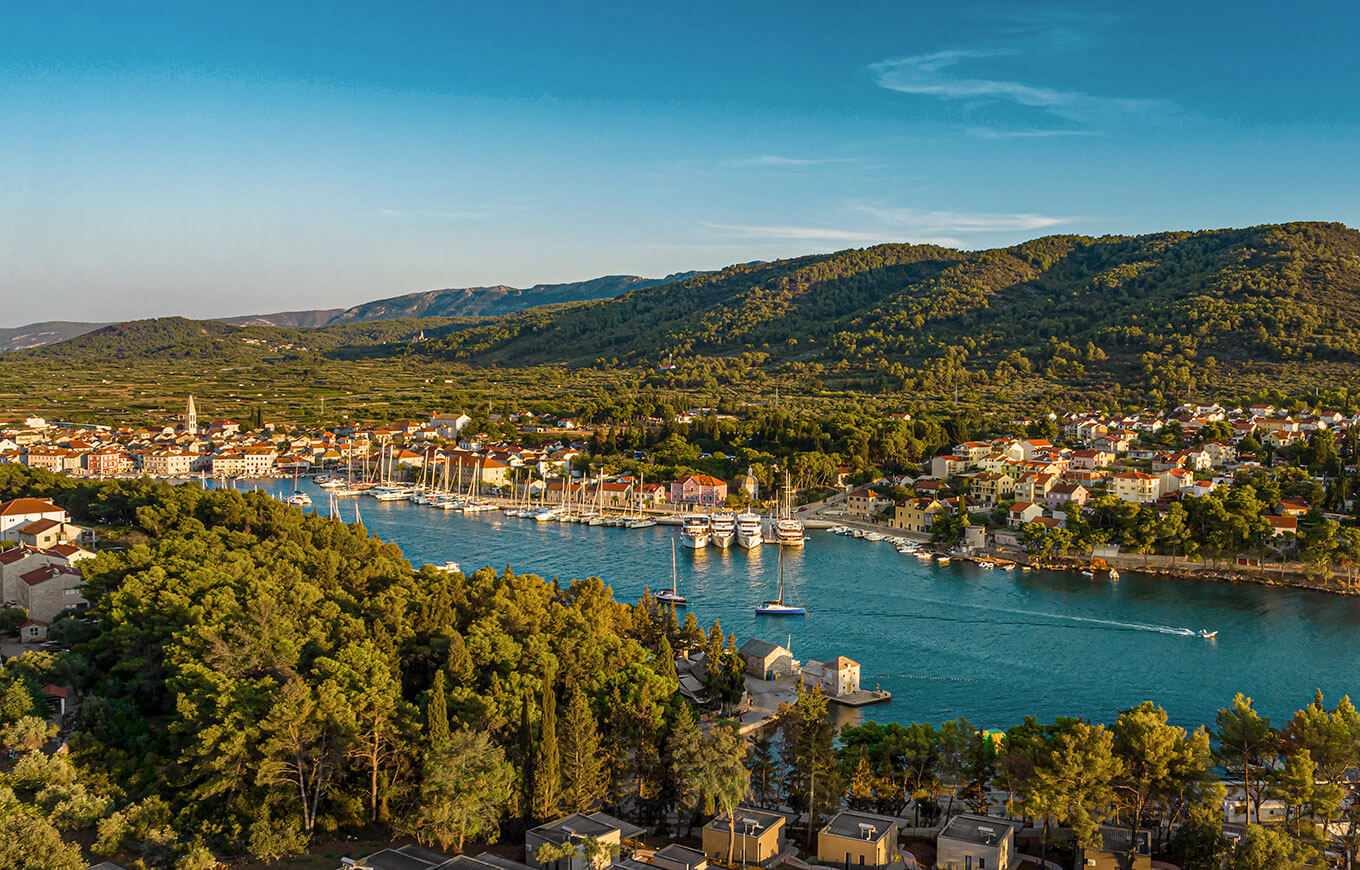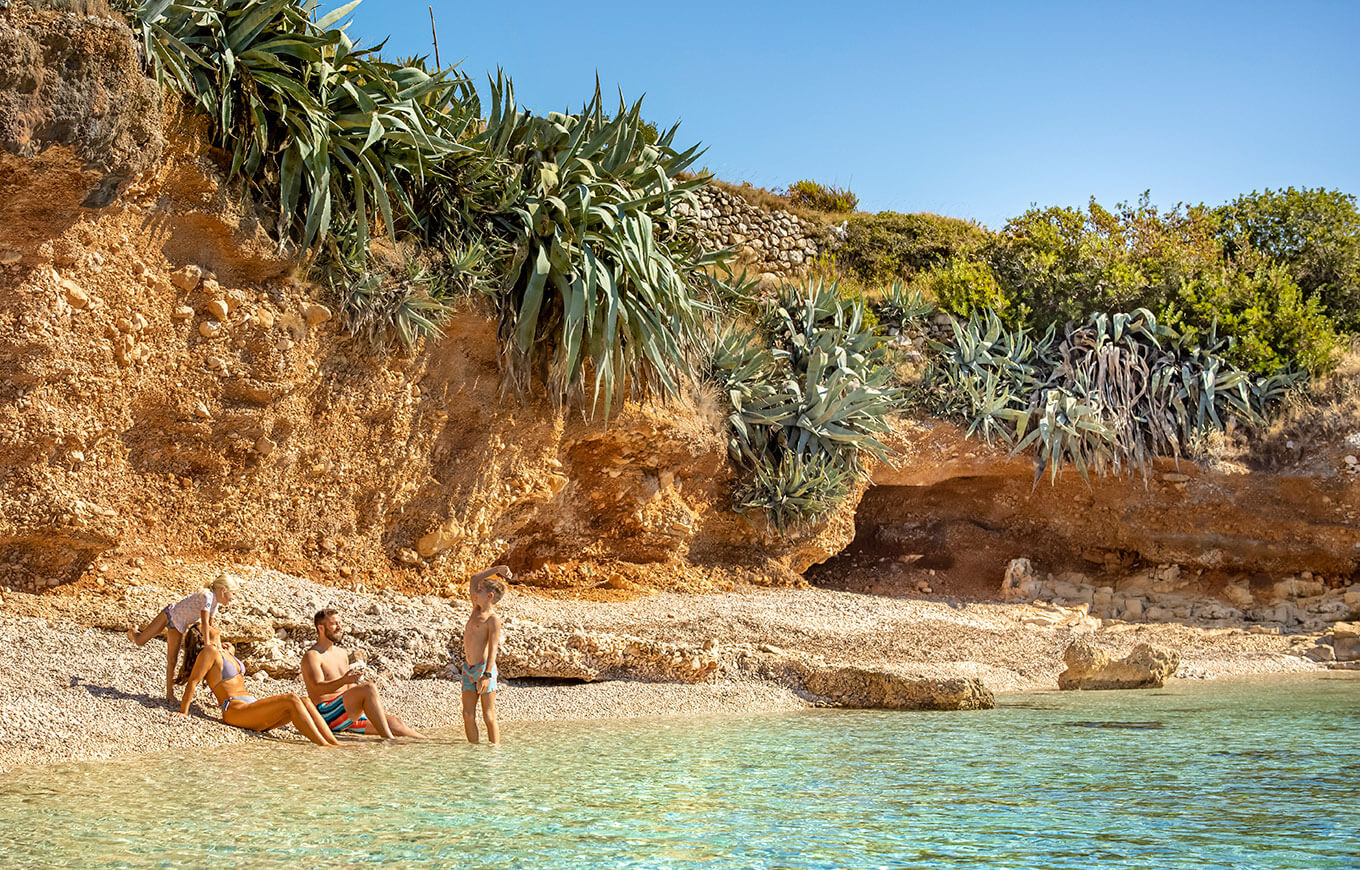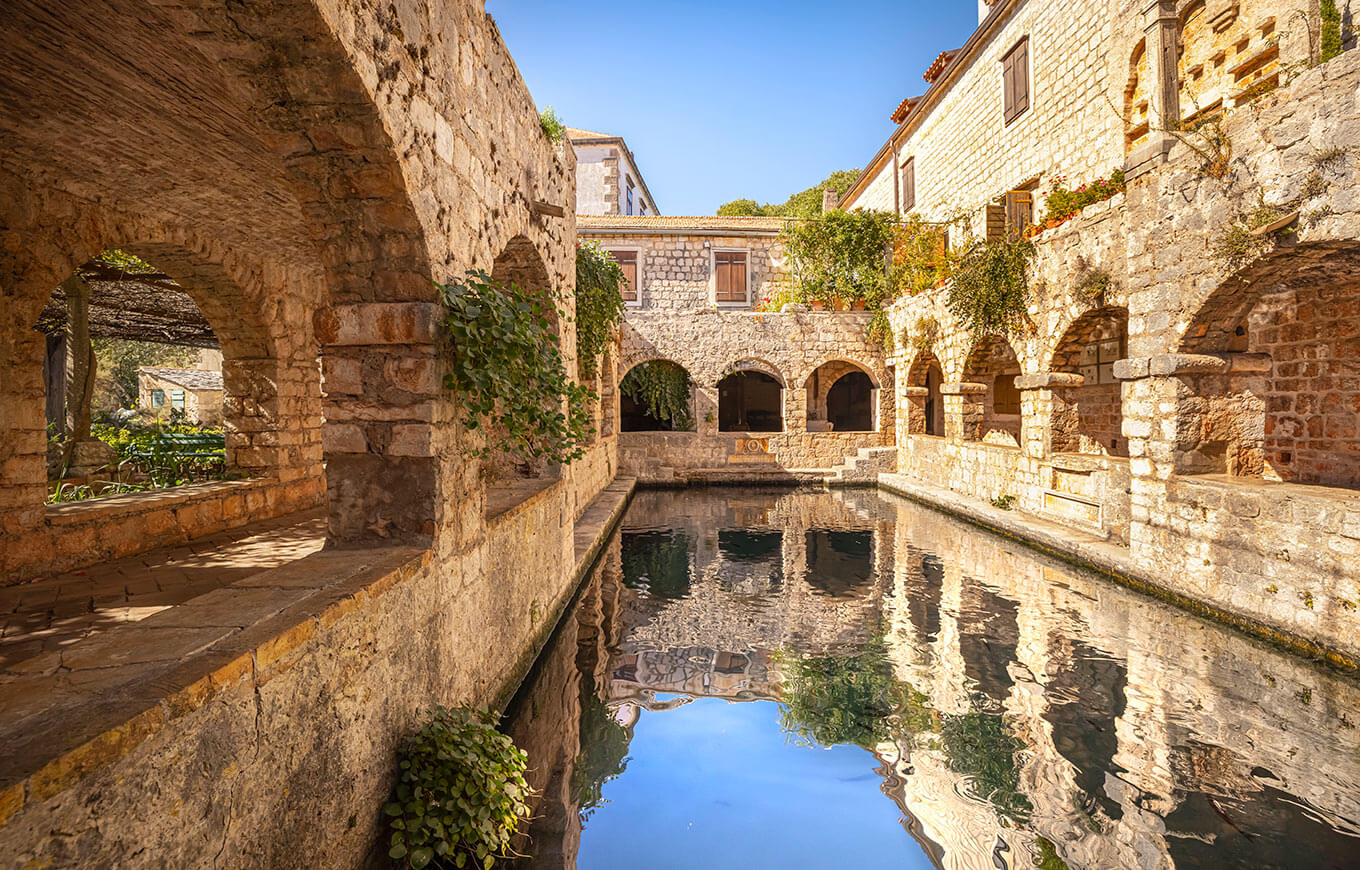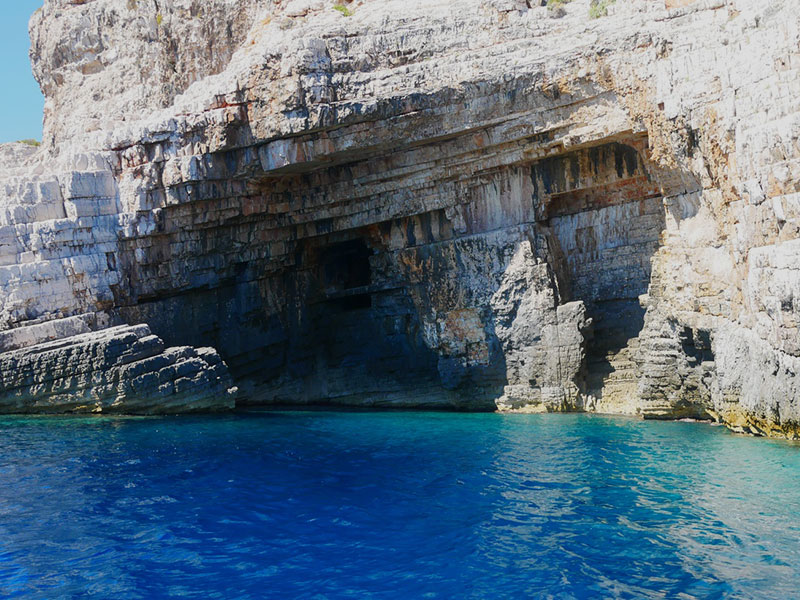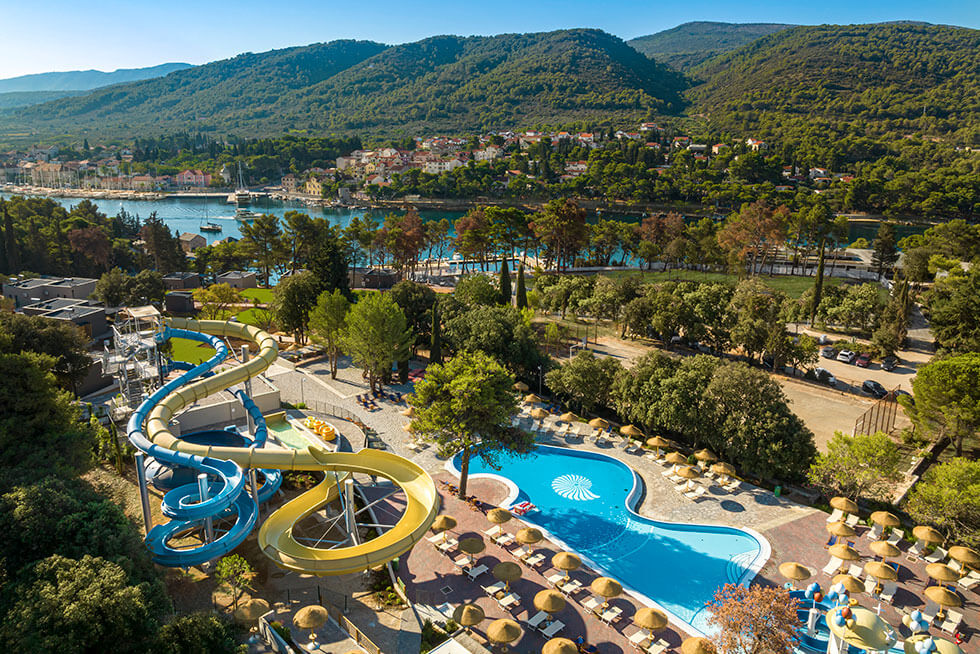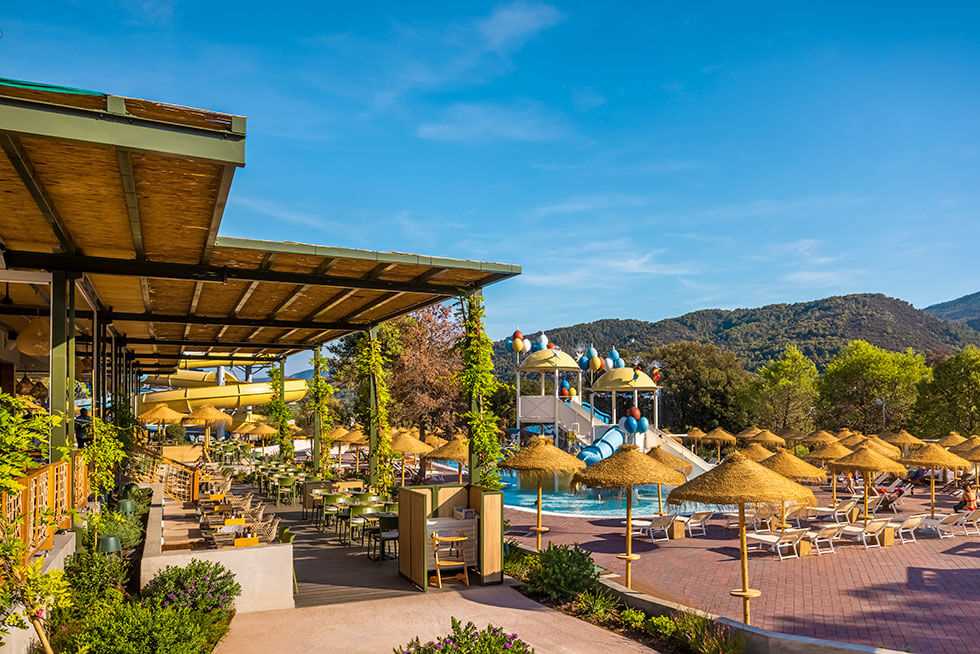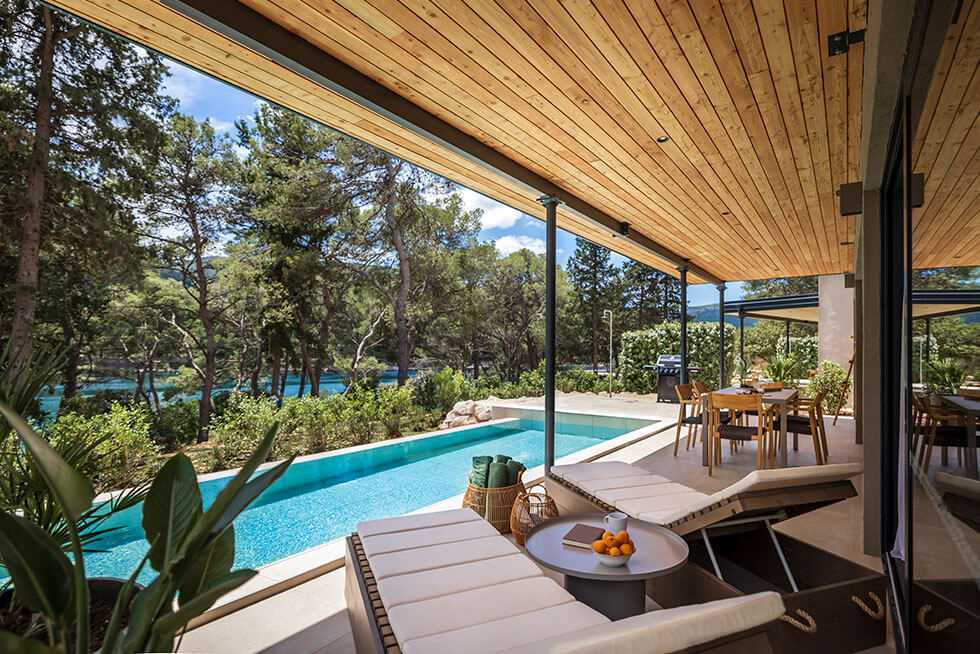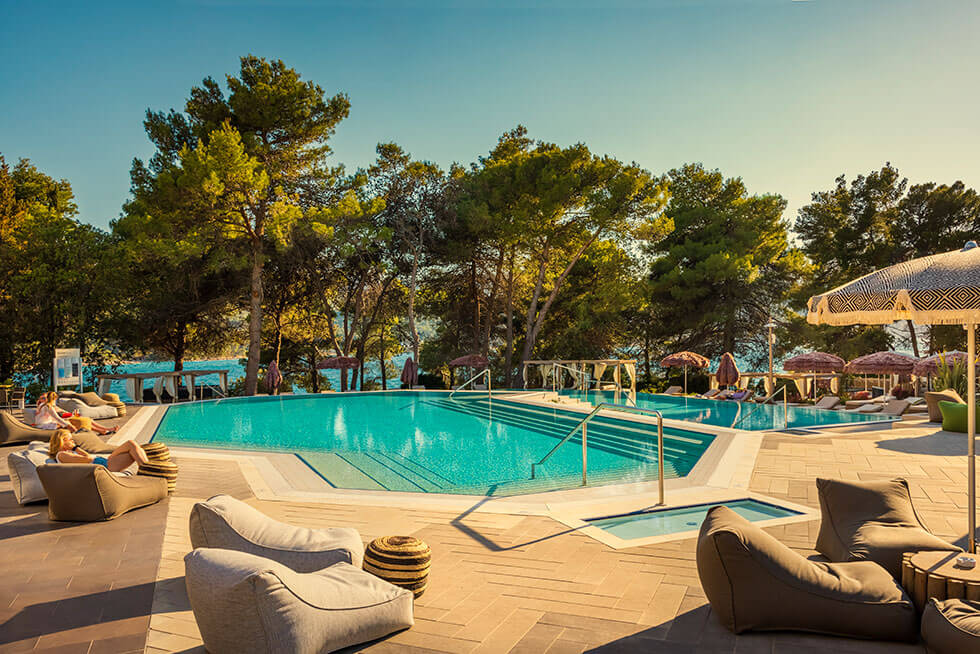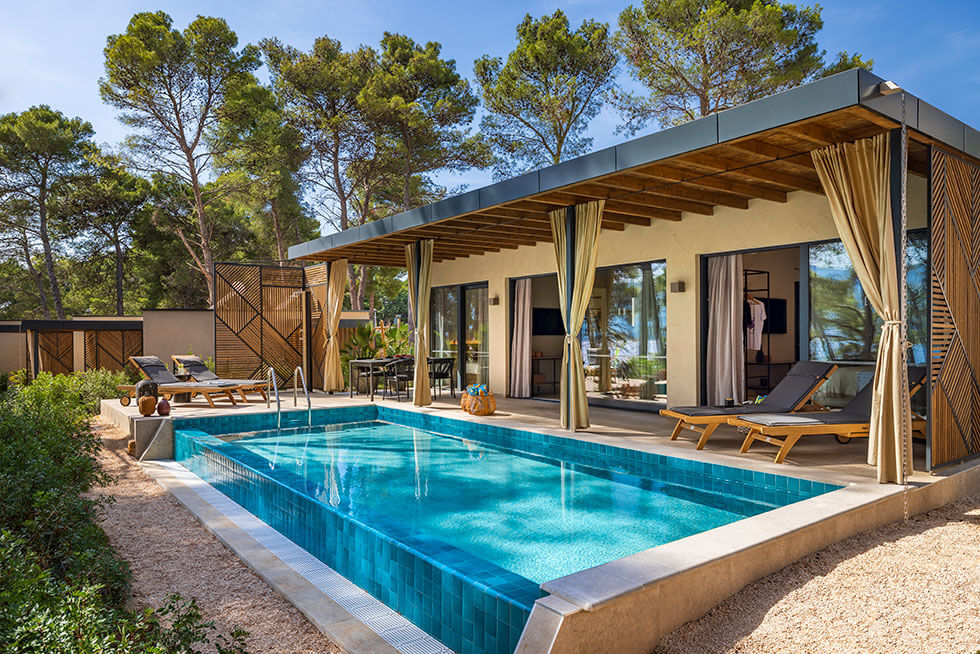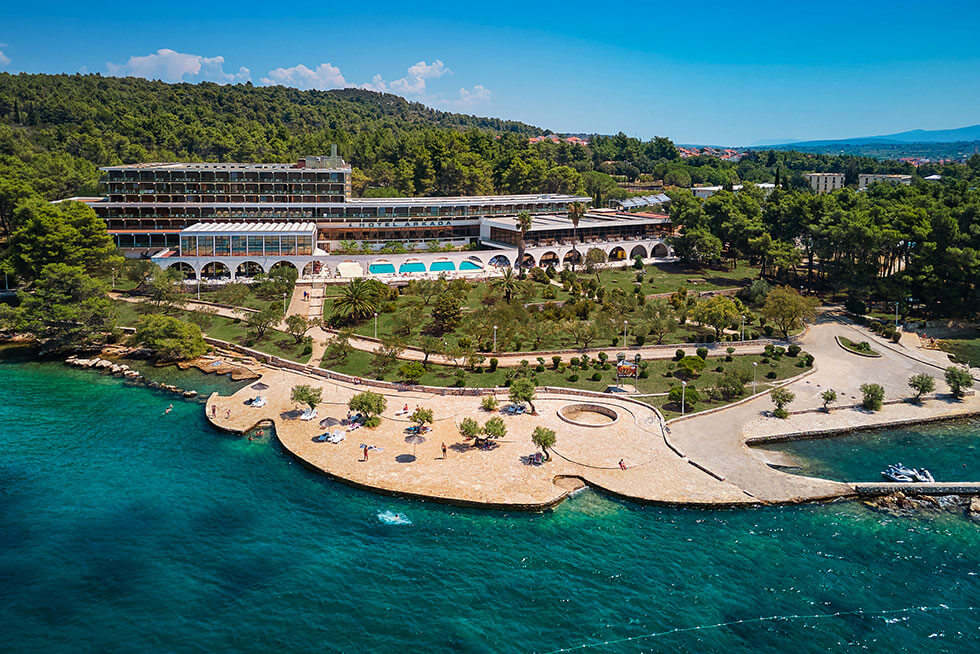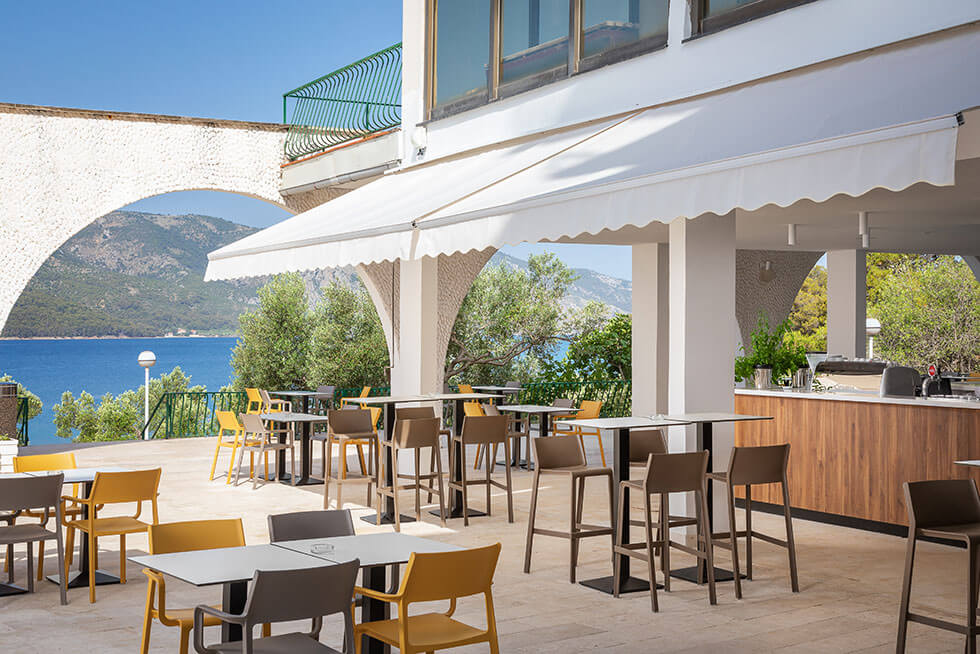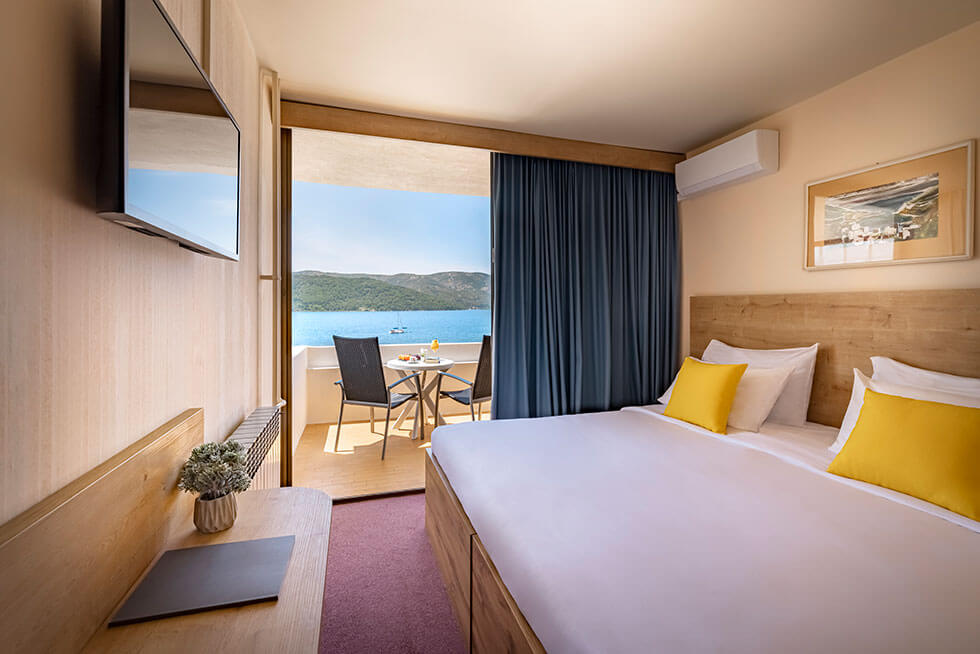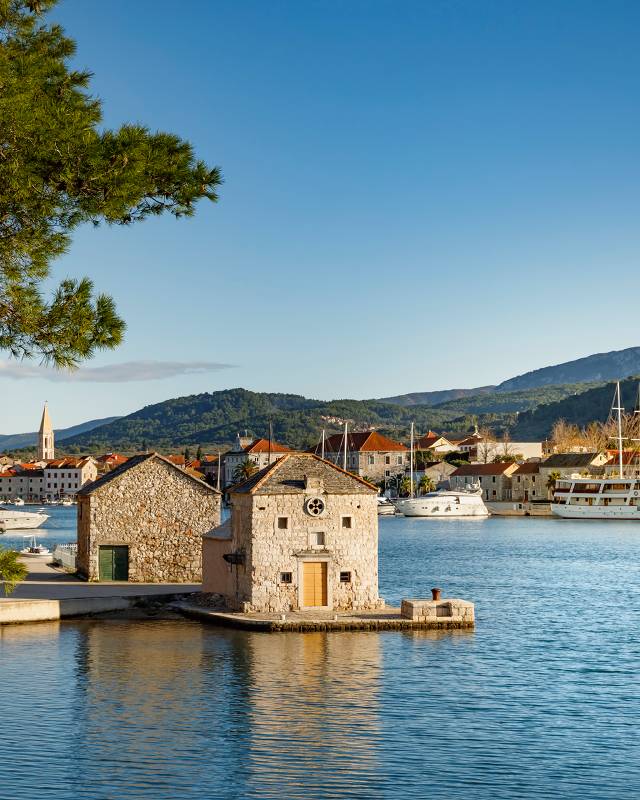
Discover the island of Hvar
Bask in the sunlit splendour and crystal waters of Hvar, renowned as Croatia’s island paradise.

World heritage wonders
Explore the island's history with 6 UNESCO World Heritage listings
Breathtaking natural beauty
Dive into the crystal-clear sea and unwind on pristine beaches surrounded by lush greenery
Mediterranean cuisine
Savour the island’s rich culinary flavours with Mediterranean dishes crafted from local ingredients
Leisure and exploration
From Hvar’s buzzing nightlife to the tranquil Pakleni Islands, adventure awaits
Location
A Central Dalmatian gem
Hvar, Croatia’s most famous island, lies in Central Dalmatia, a mere two-hour ferry from Split. Its strategic location offers easy access from various points along the Adriatic, making it the perfect hub for exploring the Dalmatian coast.
How to get to HvarDiscover and book authentic local experiences
3 properties on the island of Hvar
per room per night from
€252
per room per night from
€160
per room per night from
€106



